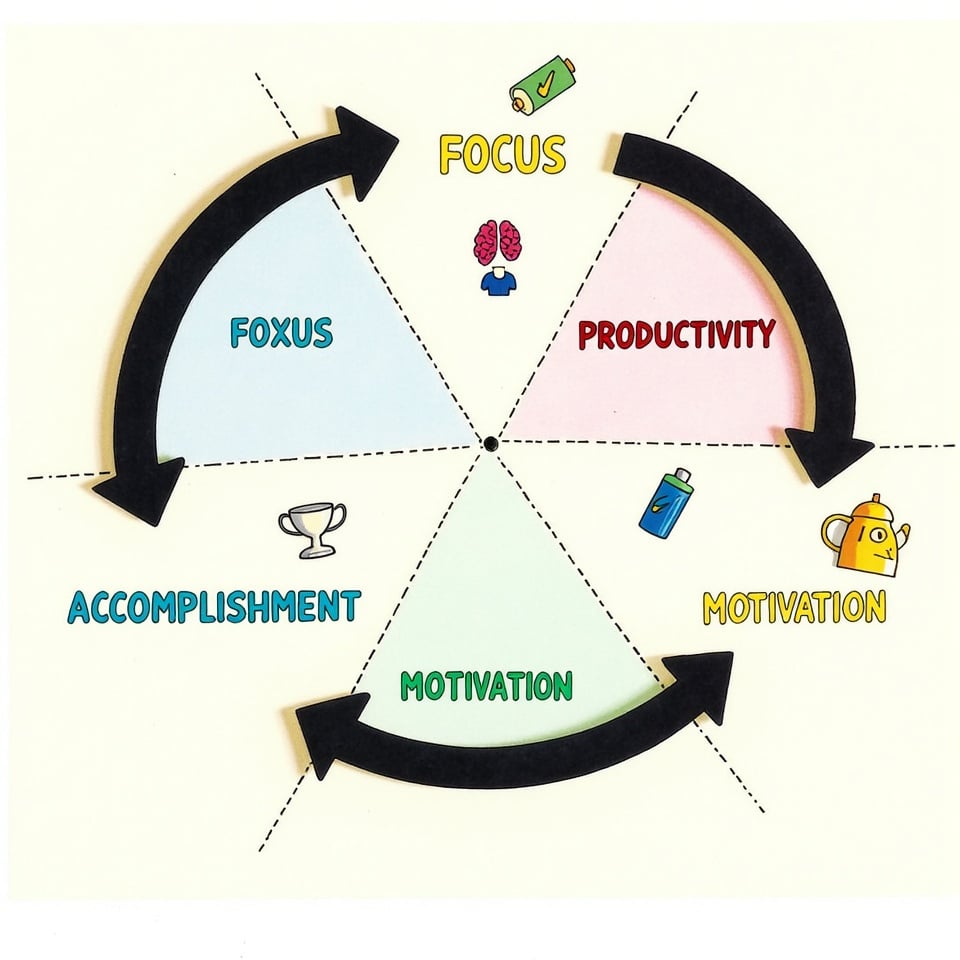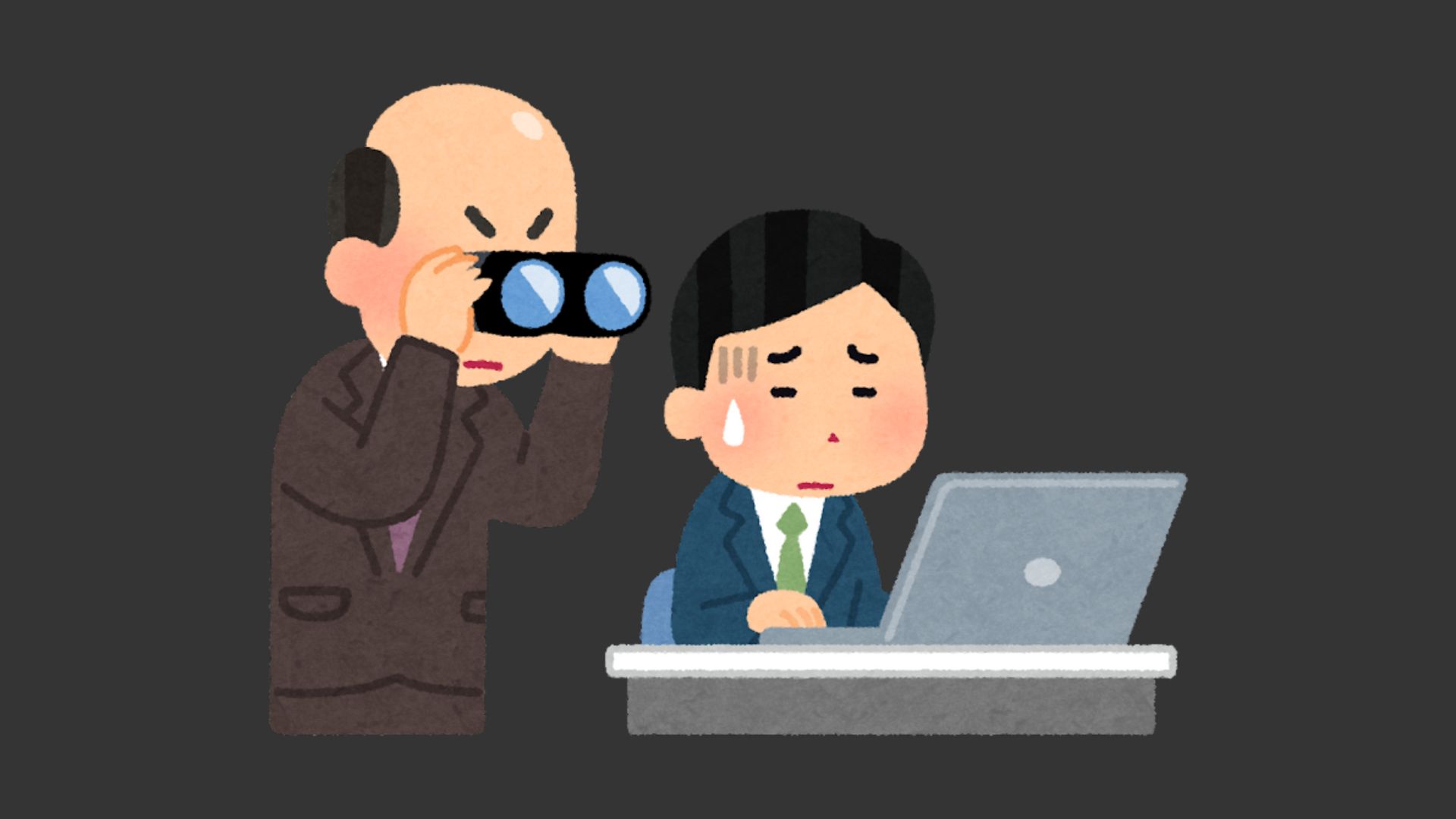SAYING NO AT WORK can feel daunting.
Many professionals worry that declining a project or meeting invitation might damage their reputation or relationships.
But here’s the truth: mastering the skill of professional refusal is crucial for maintaining your productivity and setting clear boundaries.
By learning to say no effectively, you’ll not only safeguard your time but also enhance the quality of your work.
In this article, you’ll discover practical strategies for saying no without burning bridges.
We’ll explore how to frame your response, the importance of timing, and ways to provide alternatives that keep conversations positive.
By the end, you’ll be equipped with the tools to say no confidently, turning a potentially uncomfortable situation into an opportunity for stronger professional relationships.
Let’s dive in!
Why Saying No Is Essential for Professional Success
While many professionals fear that saying no will harm their career prospects, the opposite often proves true. When you master the art of declining requests, you’re actually protecting your path to professional success by maintaining control of your workload and capacity.
Professionals who set clear boundaries are less likely to experience burnout and more likely to achieve their career goals.
You’ll find that saying no strategically helps you focus on high-priority tasks that align with your objectives.
Plus, your ability to maintain work-life balance improves considerably when you’re selective about your commitments.
The Psychology Behind Difficulty Saying No
Understanding why we struggle to say no reveals a complex web of psychological factors that shape our response to requests.
You’re not alone if you feel bad about saying no – it’s deeply rooted in your desire for social acceptance and fear of rejection. When you professionally say no, you might worry about damaging relationships or missing opportunities.
| Psychological Factor | Impact | Solution |
|---|---|---|
|
😰
Fear of Rejection
|
⚠️ Leads to overcommitment |
💪
Build confidence through practice
|
|
🤝
People-Pleasing
|
🔥 Causes burnout |
🛡️
Set clear boundaries
|
|
😟
FOMO
|
📉 Creates scarcity mindset |
🎯
Focus on priorities
|
|
⏰
Time Mismanagement
|
😓 Results in stress |
⚖️
Assess commitments realistically
|
|
👥
Social Pressure
|
🧠 Affects mental health |
✨
Develop assertiveness skills
|
Learning to recognize these psychological barriers is your first step toward healthier boundaries and better work-life balance.
Preparing Your Mindset for Professional Refusals
Before you can effectively say no in the workplace, developing the right mindset is essential for confident and guilt-free refusals.
You’ll need to cultivate self-awareness about your current workload and recognize that saying no allows you to maintain quality in your existing commitments.
When you assess the request, remind yourself that setting boundaries isn’t selfish – it’s professional.
Start by acknowledging that your time and energy are valuable resources that require careful management.
Think of saying no at work as a tool for protecting both your productivity and your team’s success.
Consider each request through the lens of your priorities and available capacity.
This mindset shift helps you move from viewing refusals as negative to seeing them as strategic decisions that benefit everyone involved.
Assessing Requests Before Responding
When a new request lands on your desk, taking time to evaluate it thoroughly can save you from overcommitment and stress down the line. Before responding, examine your current workload and assess whether you have the bandwidth to take on additional tasks.
Start by reviewing the request against your existing priorities and company goals. You’ll want to understand how urgent the task is and what impact it might’ve on your other commitments.
Think about similar situations you’ve encountered before – did saying yes lead to missed deadlines or compromised quality?
If you find that the request doesn’t align with your capacity or objectives, you’re better positioned to decline professionally.
Crafting Clear and Respectful Refusal Messages
Once you’ve decided to decline a request, crafting a professional and respectful refusal message becomes your next important step.
Begin with “thank you for considering me” to show appreciation for the opportunity. Then, clearly state your position with a phrase like “I am currently unable” to take on the task.
Provide a brief rationale for your decision, focusing on factual constraints like time or resources. Remember to maintain professionalism throughout your message by using polite, direct language.
To demonstrate your commitment to helping, offer alternatives when possible, such as suggesting qualified colleagues or proposing a different timeline. This approach shows that while you’re setting boundaries, you’re also invested in finding solutions.
Your goal is to preserve relationships while being firm in your response.
Effective Phrases and Templates for Different Situations
Successfully declining requests requires having the right phrases ready for different professional scenarios.
You’ll build stronger relationships by mastering specific responses for various situations.
When addressing colleagues, try “I’m unable to assist with this today, but I can help next week.”
For clients, say, “Thank you for the opportunity, but I must focus on current priorities.”
If your boss requests additional tasks, respond with “I’m at full capacity and can’t take on more without impacting quality.”
Remember to express gratitude while being clear about your limits: “While I can’t help now, I’d love to explore similar opportunities when my schedule allows.”
These templates help you say no professionally while keeping doors open for future collaboration and maintaining respect in your workplace relationships.
Delivering Your Refusal Through Appropriate Channels
The right communication channel can make or break your professional refusal.
When you need to say no in a professional context, choose your method carefully based on the situation’s sensitivity and your relationship with the requester.
For routine matters, a well-crafted email works well, while complex or sensitive refusals deserve face-to-face meetings or video calls.
Always maintain a respectful tone and provide a brief rationale for your decision. If you’re declining via email, take time to structure your message properly.
Start by expressing gratitude for the opportunity, clearly state your “no” with context, and end on a positive note.
For in-person refusals, schedule a dedicated time to discuss rather than rushing the conversation in passing. This approach shows you value the relationship and take the request seriously.
Offering Alternatives When Possible
When declining a request professionally, offering alternatives demonstrates both your commitment to helping and your respect for maintaining boundaries.
You’ll strengthen professional relationships by showing initiative in finding solutions, even when you can’t take on the work yourself.
Whether you suggest another colleague with the right expertise, propose a later time when your schedule allows, or offer to assist in a different capacity, you’re maintaining open communication while protecting your time.
- Connect the requester with qualified team members who’ve the bandwidth to help, explaining why they’d be a good fit
- Propose specific future dates when you could contribute meaningfully to the project
- Offer alternative forms of support, such as sharing relevant resources or providing brief consultation
Setting Boundaries Proactively to Reduce Refusal Necessity
Moving beyond reactive responses, proactive boundary-setting stands as your most powerful tool for managing workload expectations.
When you communicate your priorities early and clearly, you’ll find yourself saying no at work less frequently.
Start by sharing your current workload with team members through regular updates and status meetings.
Create a structured schedule that reflects both your professional commitments and personal time blocks.
You’re not just protecting your time – you’re ensuring quality delivery on existing projects.
Make it a habit to discuss your capacity during team planning sessions, and don’t hesitate to highlight potential conflicts before they arise.
Remember, setting boundaries proactively isn’t about creating distance; it’s about fostering transparent relationships that respect everyone’s time management needs.
Handling Pushback After Saying No
Despite your best efforts to say no professionally, you’ll likely encounter pushback from time to time.
When faced with resistance to your refusal of tasks, stay calm and maintain your assertive communication style. Restate your current workload constraints clearly while showing empathy for the requester’s needs.
Remember that handling pushback effectively means staying firm without damaging professional relationships.
- Respond to pressure by explaining your position using “I” statements, such as “I need to focus on my existing priorities to maintain quality work.”
- Offer alternative solutions when possible, like suggesting another timeline or recommending a capable colleague.
- Follow up with a brief email documenting your conversation and any agreed-upon alternatives to prevent misunderstandings and demonstrate your professionalism.
Industry-Specific Refusal Strategies
Different industries call for unique approaches when saying no to requests. When you’re in tech, focus on protecting code quality and deadlines.
In sales, you’ll want to emphasize your commitment to existing clients, while healthcare professionals should prioritize patient safety. If you’re in academia, frame your refusal around research integrity and grant commitments.
Remember that saying no can feel uncomfortable, but your team members will respect clear boundaries. To maintain a good relationship while declining tasks, always tie your response to core job responsibilities.
For example, if you’re in customer service, reference company policies that guarantee fair treatment for all clients. This approach shows you’re not just saying no arbitrarily – you’re upholding professional standards that benefit everyone.
Measuring the Impact of Strategic Refusal
When you consistently say no to tasks that don’t align with your priorities, you’ll start seeing measurable improvements across your work life.
Research shows that strategic refusal leads to a 25% increase in work quality and a 30% higher likelihood of meeting your KPIs.
By managing your workload through selective acceptance of tasks, you’ll join the ranks of professionals who report considerably lower employee burnout rates.
- Teams that implement strategic refusal practices see a 40% reduction in stress levels and increased job satisfaction.
- Focused task management results in better productivity, with professionals completing high-priority projects more efficiently.
- Clear boundaries around workload help maintain consistent quality standards while fostering stronger professional relationships.
Track these metrics in your own work to demonstrate the positive impact of saying no strategically.
Wrapping it up
Learning to say no professionally isn’t just good manners – it’s a groovy way to protect your time and sanity at work.
You’ll find that clear boundaries, honest communication, and strategic refusals create respect and strengthen your professional relationships.
By implementing these techniques, you’re not just avoiding burnout; you’re positioning yourself as someone who values quality over quantity.
Start practicing today – your future self will thank you.







